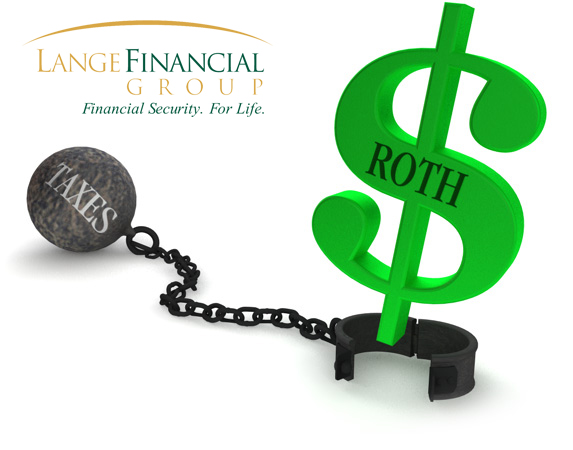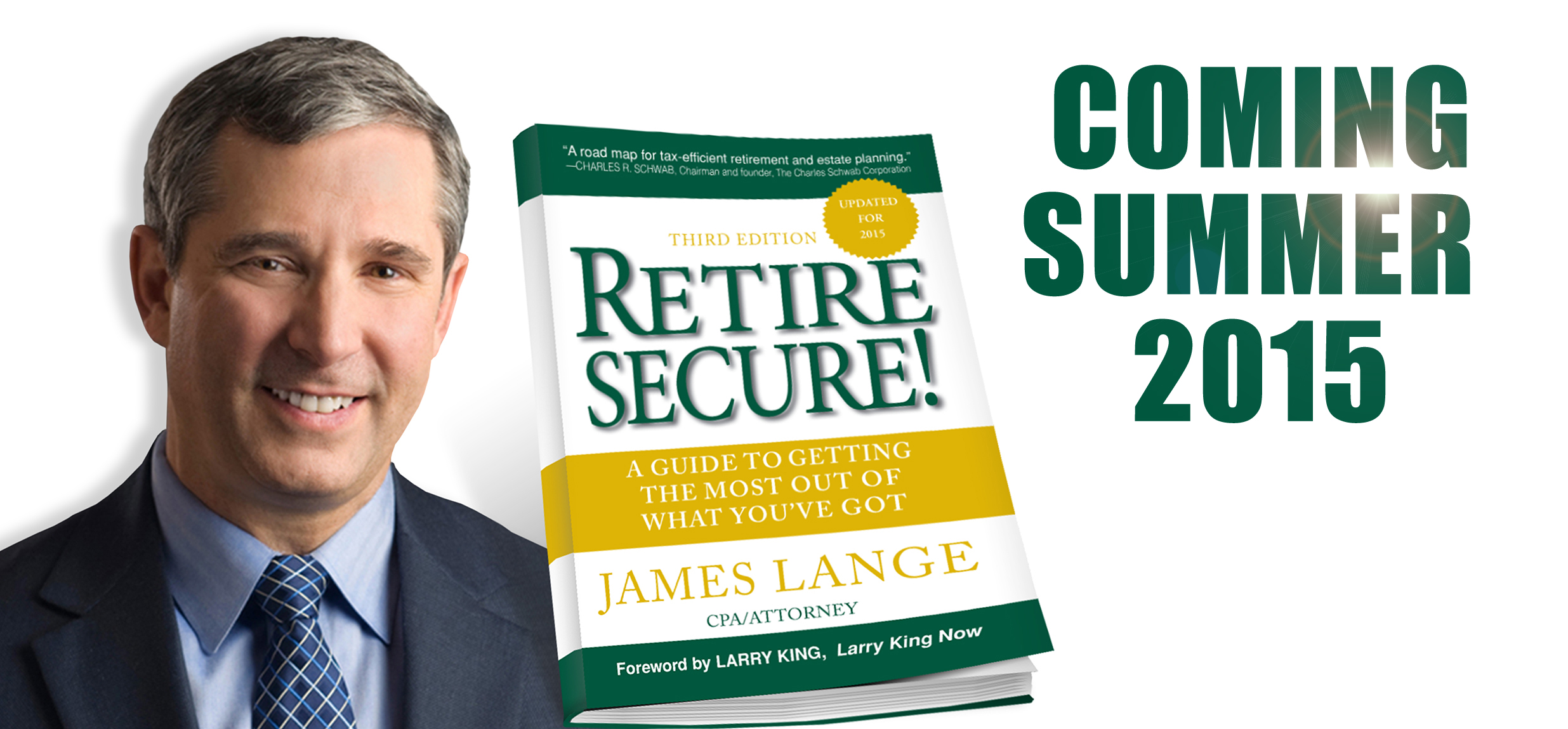
Do you have college savings plans established for your children or grandchildren and, if so, were you aware of this attack on their tax-free status?
Gifting money to children
Contributing to college savings plans for children and grandchildren is a form of gifting, which is a topic that I discuss in detail in Chapter 11 of Retire Secure!. Gifting money to children is an excellent way to minimize taxes at your death, and, depending on the amount gifted, can also provide the recipient with tax-free income. Unfortunately, strategies that reduce taxes frequently come under fire and it is critical that you stay on top of the rules. Also discussed in this chapter are the perils of gifting to relatives in an attempt to avoid seizure of your to pay for nursing home care. It’s a bad idea – don’t even think about it – but it is still beneficial to understand the laws on this subject.
Many couples are not aware that the American Taxpayer Relief Act of 2012 introduced a concept called portability that makes estate taxes less of a concern for many individuals than in the past. If you have not had your estate plan reviewed since 2012, you should read Chapter 11 to learn about the potential pitfalls of what I call “The Cruelest Trap of All”. Since the passage of this act, many estate plans are outdated and could cause the surviving spouse to be disinherited at the first spouse’s death.
Gifting money to children strategies, and the tax implications of gifting, should be a critical part of every estate plan. Changes in legislation that were not anticipated at the time the plan was established, though, can make your plan ineffective and in some cases disastrous. As much has changed in this area; please read Chapter 11 thoroughly to see how you might be affected.
Stop back soon!
Jim

Jim’s strategies have been endorsed by The Wall Street Journal (33 times), Newsweek, Money Magazine, Smart Money, Reader’s Digest, Bottom Line, and Kiplinger’s. His articles have appeared in Bottom Line, Trusts and Estates Magazine, Financial Planning, The Tax Adviser, Journal of Retirement Planning, and The Pennsylvania Lawyer magazine.
Jim is the best-selling author of Retire Secure! (Wiley, 2006 and 2009), endorsed by Charles Schwab, Larry King, Ed Slott, Jane Bryant Quinn, Roger Ibbotson and The Roth Revolution, Pay Taxes Once and Never Again endorsed by Ed Slott, Natalie Choate and Bob Keebler.
If you’d like to be reminded as to when the book is coming out please fill out the form below.
Thank you.

 My wife recently told me that she didn’t think that there was anything that could keep me from blogging about my upcoming book, Retire Secure! While she was joking, she was also right, I thought. But then,
My wife recently told me that she didn’t think that there was anything that could keep me from blogging about my upcoming book, Retire Secure! While she was joking, she was also right, I thought. But then,  The third edition of Retire Secure! has been completed and will be going to the printer shortly. Some of you may be thinking, “So what? I already read that book.” Since the second edition of Retire Secure! was published in 2009, there have been two major revisions to the tax code and several landmark court decisions that have significantly changed the way we approach the cases we handle in our office. We try to keep you informed of these changes through our newsletters. If you’re a client, we also meet with you at least once a year to review your situation and, if needed, we help you make changes so that you can achieve the best results possible based on the current laws.
The third edition of Retire Secure! has been completed and will be going to the printer shortly. Some of you may be thinking, “So what? I already read that book.” Since the second edition of Retire Secure! was published in 2009, there have been two major revisions to the tax code and several landmark court decisions that have significantly changed the way we approach the cases we handle in our office. We try to keep you informed of these changes through our newsletters. If you’re a client, we also meet with you at least once a year to review your situation and, if needed, we help you make changes so that you can achieve the best results possible based on the current laws.